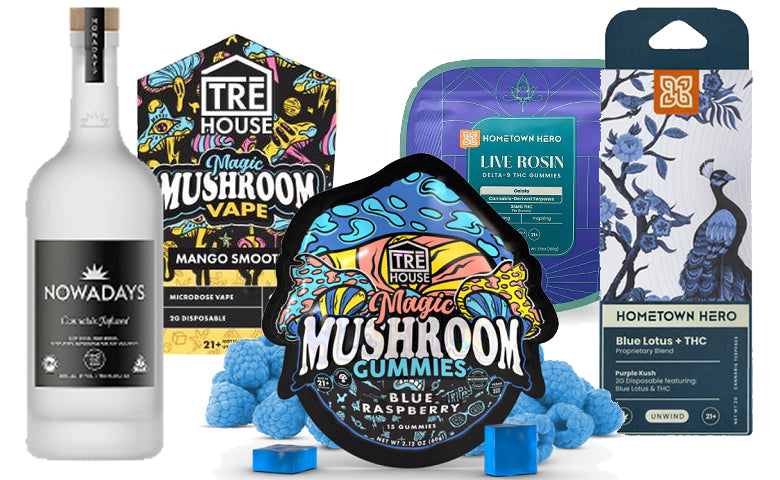Cannabis plants are as complex as they are versatile, and understanding their intricacies can enhance both cultivation and consumption experiences. Among the most crucial components of the cannabis plant are trichomes. These tiny, crystal-like structures not only define the potency and aroma of your favorite strains, but also play a pivotal role in the lifecycle of the plant.
What are Trichomes?
Trichomes are small, glandular hairs that appear on the flowers and leaves of cannabis plants. Visible to the naked eye, they resemble a frosty coating. They are especially abundant as the plant reaches maturity. These structures serve as the production centers for cannabinoids (such as THC and CBD), terpenes, and flavonoids which give cannabis its therapeutic and psychoactive properties.
Types of Trichomes
There are three main types of trichomes found on cannabis plants:
- Bulbous trichomes are the smallest type, barely visible to the eye, and are scattered across the surface of the whole plant.
- Capitate-sessile trichomes are slightly larger and contain more cannabinoid and terpene oils.
- Capitate-stalked trichomes are the largest and most abundant on the cannabis flower. They are the primary source of cannabinoids and are what most pictures of trichomes show.
The Lifecycle of Trichomes
Trichomes begin to develop as the cannabis plant enters its flowering stage and play a crucial role throughout the flower’s maturation. Their development follows a predictable pattern:
- Initiation: Trichomes first appear as the plant transitions from vegetative growth to flowering.
- Growth: As the flower matures, trichomes develop their stalks and heads, increasing their capacity to produce and store cannabinoids and terpenes.
- Maturation: Trichomes turn from clear to a milky white as they reach peak maturity, indicating maximum cannabinoid synthesis.
- Degradation: Eventually, trichomes turn amber and degrade, signifying the decline in cannabinoid concentration.
Trichome Harvest Chart
Here's a visual guide to understanding the best time to harvest cannabis based on trichome color:

Why are Trichomes So Important?
Trichomes are vital for several reasons:
- Protection: They help protect the plant from UV rays and predators.
- Potency and Flavor: The concentration of cannabinoids and terpenes in trichomes determines the potency and flavor profile of cannabis.
- Harvest Indicators: The color and condition of trichomes are used by growers to determine the perfect harvest time for maximum potency.
FAQ
What are trichomes?
Trichomes are microscopic, hair-like structures on cannabis plants that produce and store cannabinoids, terpenes, and other phytochemicals.
How many types of trichomes are there on cannabis?
There are three primary types: bulbous, capitate-sessile, and capitate-stalked trichomes.
At what stage should trichomes be harvested for optimal potency?
Cannabis should be harvested when most trichomes are milky white, as this indicates peak cannabinoid levels.
Why do trichomes turn amber?
Amber trichomes indicate the degradation of cannabinoids and a more sedative, less psychoactive effect.
Can you see trichomes without a microscope?
Capitate-stalked trichomes can be seen with the naked eye, appearing as a frosty layer on mature cannabis flowers.







